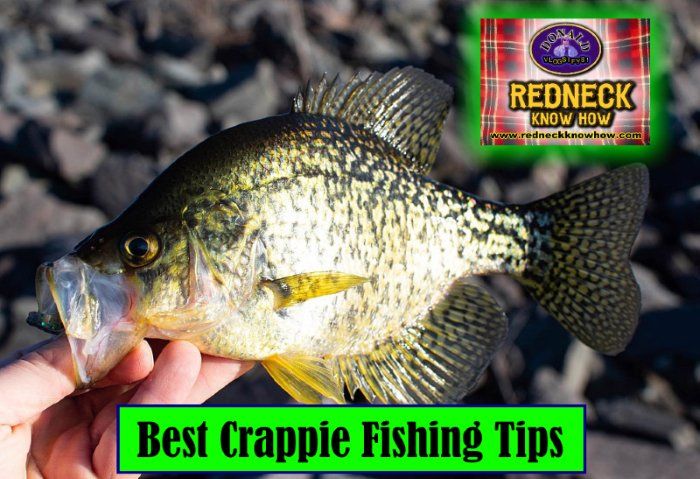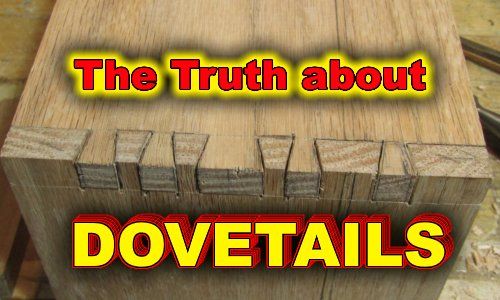Deer Hunting Basics - Scent Control
March 19, 2015
Deer Hunting Basics
Part II - Scent Control
Staying unnoticed by that whitetail buck is, of course, very important to a successful hunting trip. It is important that the hunter keep his or her movements to the bare minimum, and he or she must make the least noise possible while getting to the tree stand or blind and especially after the hunter is in the stand.
But most important is the hunters scent. Scent control is one of the most important issues to cover in deer hunting basics. The scent is what, more often than not, gives the hunter away. You have very little control of your scent, and no control of the wind, so it is necessary to try to stay downwind from any possible venison activity. The most valuable weapon nature has put the defensive arsenal of a whitetail buck is its ability to pick up the slightest scent. Because man has a very distinct odor, a whitetail can pick up on a hunter presence very easily. Therefore, scent control is very important!
Many products are available to hide or cover the human scent while hunting a whitetail buck and again, is one of the main deer hunting basics. But these scent control products can only do so much. There for it is still important to pay attention to wind direction while hunting deer or any other wild game. Wind direction can change, therefore a hunter or huntress must keep track of the wind direction. Even the slightest change of the gentlest of breezes can mean the difference in bringing home a trophy whitetail buck and going home with your head hanging and your tail between your legs. There are many ways to determine wind direction, some hunters use butane lighter, others use a odorless powder that floats in the wind, while some tie a feather to their bow with floss. Practice and experimentation will determine which method is best for you, just make sure it requires little movement, maintain your scent control, and will not cause any scent that might be picked up by the venison.
Also, try not to over hunt your hunting areas. It, as well as over scouting can and will have a bad effect on the hunting quality of the area. Every trip to and from your tree stand or blind leaves scent, no matter how well the scent product you use is, some human scent is left behind that deer can and will pick up on. Plus too much activity such as one hunter making too many trips to the hunting area, or too many different hunters can scare your quarry out of the area or make them go nocturnal. Try to have multiple areas to set up your stand or blind. If one area is used all the time, deer will associate it with humans and avoid it. They will also alert other deer to the presence of man in that area as well. Try to stay away from areas that have often been hunted by others, and always keep your scent control in mind. Never cross a game trail on your way to your stand or blind; if need be, walk parallel and as far away as possible from the game trails.
And a note on what some may think of as a bit of a nasty subject. But it happens to us all. The need to relive oneself. Often Mother Nature calls on us, and often when we really don't want her to. It is all too easy for some hunters, mostly those of us that are the male persuasion, to go behind a tree or bush. This is a definite “no no” when it comes to scent control while hunting. DO NOT do this anywhere near your hunting area. This can alert deer and affect the hunting negatively for miles. Try to do your business in the proper rest stops on your way to the woods, by all means wash your hands and then use the appropriate scent cover product.
Redneck Know How Blog

Every fisherman has his or her own favorite techniques to catch this beloved fish. Why is crappie, (or pomoxis, if you want to get scientific), are so beloved? Well, they give one heck of a fight when caught. A 2 lb. crappie can put up a fight to rival a bass of larger size. So catching them is fun. There is also the taste factor. Fried crappie tastes great.

Everybody seems to be in love with dovetails these days. Myself included. They look nice, feel nice, and they make the woodworker feel an overwhelming since of pride when he makes tight and even. Especially the hand cut dovetails. Dovetail joints can be produced with power tools. And there are dovetail jigs you can buy and make. It makes getting precise dovetails with no gaps a lot easier. But nothing feels more satisfying than finally getting hand cut dovetails tight and gap free. And for the record, I use the term, “gap free”, very loosely. I’d wager that even the best woodworker gets gaps in their dovetails no matter how hard they try. Maybe not as many as us new to middlin’ woodworkers, and certainly not as noticeable, but there are gaps in their dovetails. Nowadays, people use dovetails not only as a joint, but as decoration. A showpiece if you will to show off the craftsmanship of the woodworker. But the reality is that they were not originally meant to be pretty. They were utilized to hold pieces that were heavily used together. Such as drawers or other parts of furniture and other items that were constantly pulled or tugged on. In the example below, you can see how the angles of the dovetails will keep the joint from coming apart during the tugging of the drawer when opening it. This part of the joint is where the dovetail joint get’s it’s name. Often when used on boxes, the orientation of those angles are switched around, placing them on the front of the box as a decoration, and the pins of the joint is put on the side. Great for looks, not so great for function. Of course for most smaller boxes, the function of the dovetail really isn’t needed and using dovetails for looks is fine and an anesthetically pleasing way to show off craftsmanship. But let’s not give up on using the dovetail joint for utilitarian purposes when building boxes too quickly. They can be a great way to join a bottom to a box that will be holding heavier stuff, such as tool boxes. The angle of the dovetails can manage the stresses of carrying heavier items such as tools if you wish to maintain a *NO screws or nails* policy on your woodworking projects. Or you can use the dovetail joint along with screws for extra protection against the bottom dropping out. So the purpose of the dovetail is a lot more than to just make your woodworking look good. In fact, long ago, they were hidden. Simply a way to join parts and give them the strength to do what the item was meant to do, and be hidden when the drawer was closed. Using the dovetail joint for decoration is a modern thing. Which I have nothing against. I love to show off dovetails I’ve made nearly perfect. Well, in my eyes anyway. Roy Underhill and Paul Sellers would likely just look at them and grin, maybe chuckle at me being so proud of something so far from the skill level they have achieved.










